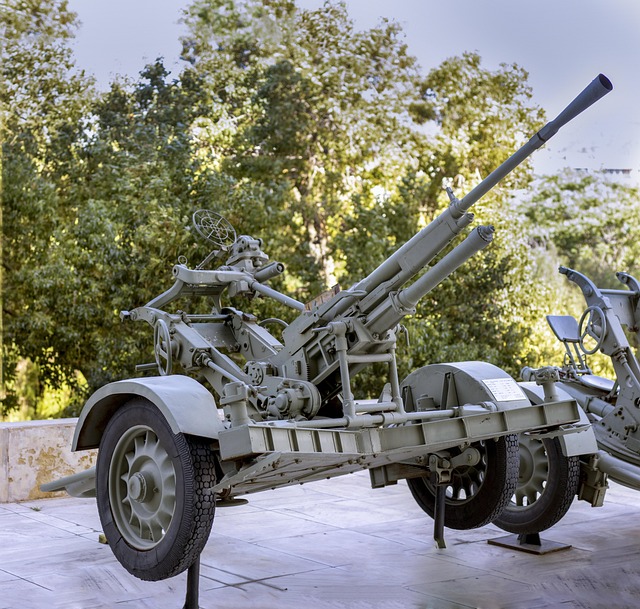
Anti-nazi Poster
Introduction
The use of propaganda during World War II played a significant role in shaping public perception and mobilizing support against the Axis powers, particularly the Nazi regime in Germany. Among the various forms of propaganda, posters emerged as a powerful medium for conveying messages, rallying support, and promoting resistance against fascism. This article explores the characteristics, themes, and historical context of anti-Nazi posters, highlighting their importance in the broader narrative of World War II.
The Role of Propaganda in World War II
Propaganda served multiple purposes during World War II. Governments utilized it to inform, persuade, and sometimes manipulate public opinion. In the case of the United States and its allies, anti-Nazi propaganda aimed to unify citizens against a common enemy, instill patriotism, and encourage enlistment in the military. The visual impact of posters made them particularly effective, as they could convey complex messages quickly and memorably.
Characteristics of Anti-Nazi Posters
Anti-Nazi posters were characterized by several distinct features:
- Visual Imagery: Strong and often shocking imagery was used to evoke emotional responses. This included depictions of Nazi atrocities, caricatures of Adolf Hitler, and symbols associated with fascism.
- Clear Messaging: The text on these posters was typically concise and direct, often employing slogans that were easy to remember. Phrases like "We Can Do It!" and "Join the Fight!" became iconic.
- Call to Action: Many posters included a clear call to action, urging citizens to enlist in the military, support war efforts through rationing, or contribute to the war bond campaigns.
- Use of Humor and Satire: Some posters employed humor or satire to undermine the Nazi regime, portraying it as absurd or incompetent, thereby diminishing its perceived threat.
Thematic Elements
Anti-Nazi posters often revolved around several key themes:
- Unity and Strength: Posters emphasized the importance of national unity in the face of tyranny. They depicted diverse groups of people coming together to resist fascism.
- Defense of Freedom: Many posters framed the conflict as a struggle for freedom and democracy against oppression, appealing to the values held dear by many citizens.
- Exposing Atrocities: Graphic representations of Nazi war crimes aimed to shock the public into action, highlighting the moral imperative to oppose such brutality.
- Patriotism: National pride was a recurring theme, with posters often invoking symbols of the nation, such as flags and national heroes, to inspire citizens to contribute to the war effort.
Historical Context
The production of anti-Nazi posters was not limited to the United States. Allied nations, including the United Kingdom and the Soviet Union, also created their own propaganda materials. In the UK, the Ministry of Information produced posters that emphasized resilience and determination, while the Soviet Union's posters often highlighted the heroism of its soldiers and the necessity of fighting against fascism.
In addition to government-produced materials, grassroots movements and organizations also contributed to the anti-Nazi propaganda effort. Various groups created their own posters to raise awareness about the dangers of fascism and to promote resistance efforts.
Impact and Legacy
The impact of anti-Nazi posters extended beyond the war years. They played a crucial role in shaping public perception of the Nazi regime and contributed to the broader discourse on totalitarianism and human rights. The visual language developed during this period has influenced subsequent generations of artists and activists, who continue to use similar techniques to address contemporary social and political issues.
Today, many of these posters are preserved in museums and archives, serving as historical artifacts that provide insight into the societal attitudes and sentiments of the time. They are studied not only for their artistic merit but also for their role in the historical narrative of World War II.
Conclusion
Anti-Nazi posters represent a significant aspect of wartime propaganda, illustrating the power of visual communication in mobilizing public sentiment and action. Their enduring legacy continues to inform discussions about propaganda, resistance, and the importance of vigilance against tyranny in all its forms.




















 Nocturnal Enuresis
Nocturnal Enuresis 
 Health
Health  Fitness
Fitness  Lifestyle
Lifestyle  Tech
Tech  Travel
Travel  Food
Food  Education
Education  Parenting
Parenting  Career & Work
Career & Work  Hobbies
Hobbies  Wellness
Wellness  Beauty
Beauty  Cars
Cars  Art
Art  Science
Science  Culture
Culture  Books
Books  Music
Music  Movies
Movies  Gaming
Gaming  Sports
Sports  Nature
Nature  Home & Garden
Home & Garden  Business & Finance
Business & Finance  Relationships
Relationships  Pets
Pets  Shopping
Shopping  Mindset & Inspiration
Mindset & Inspiration  Environment
Environment  Gadgets
Gadgets  Politics
Politics 